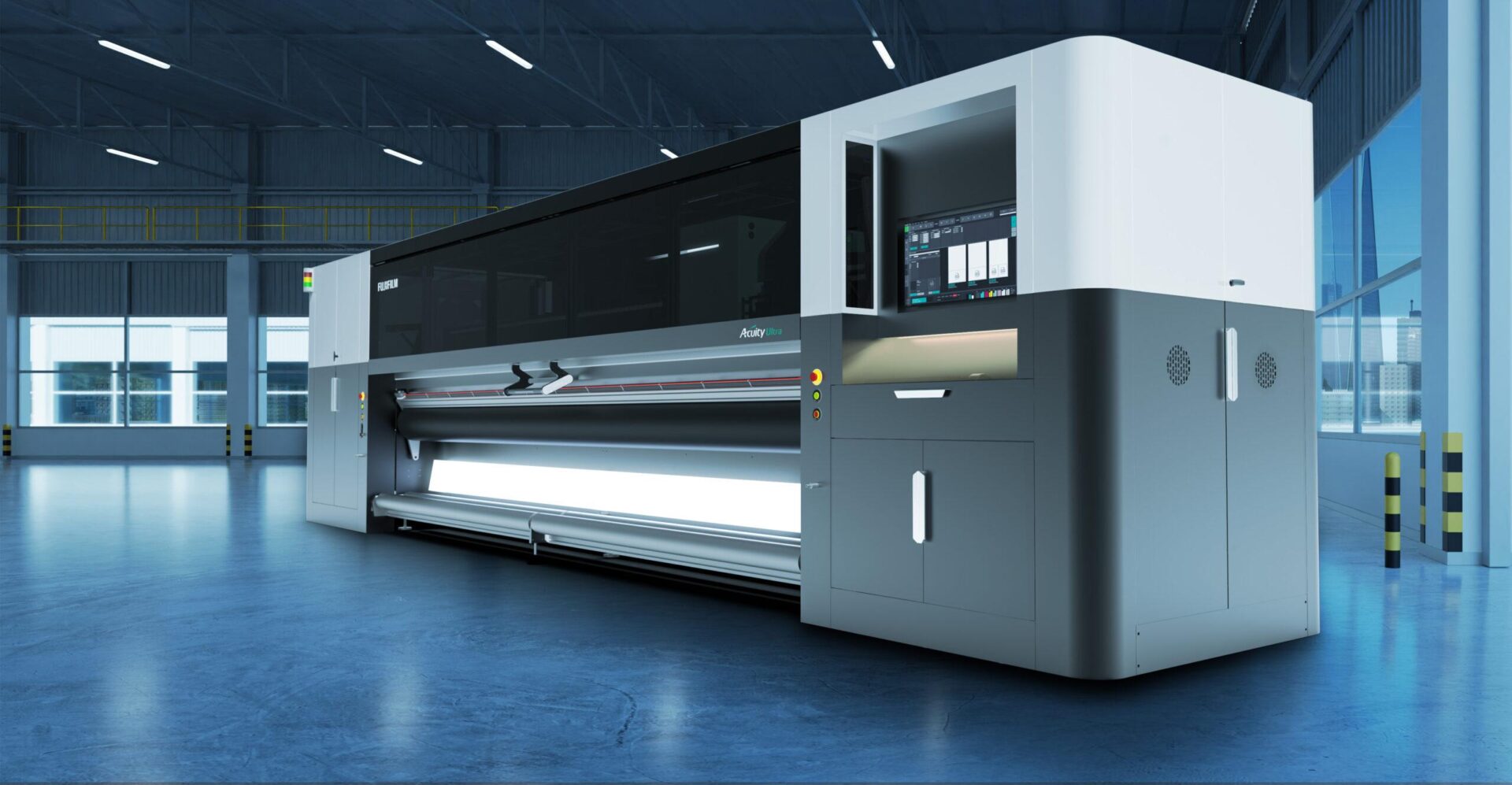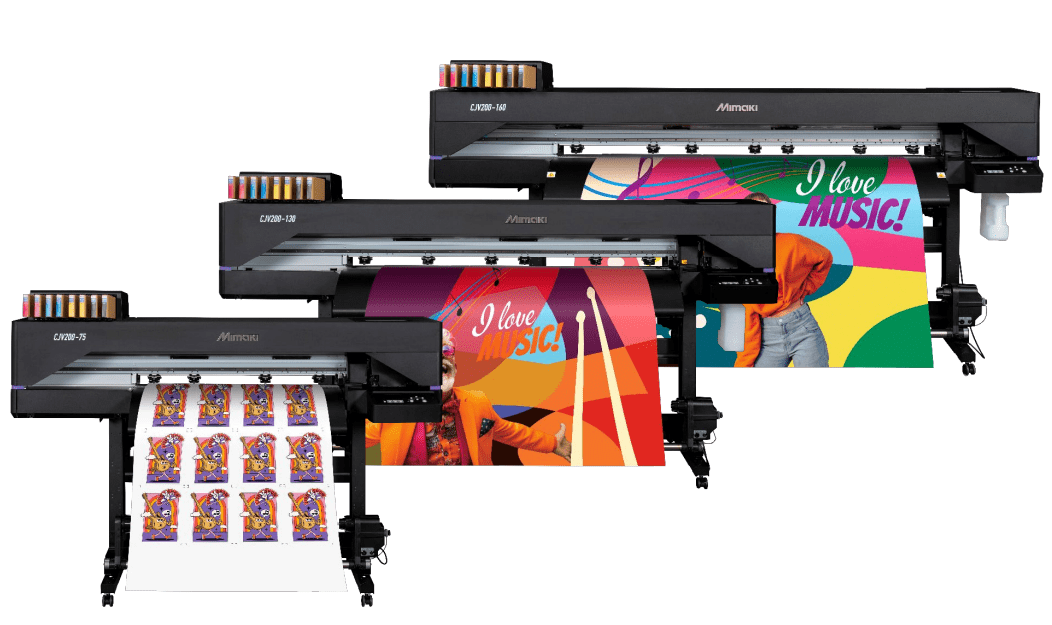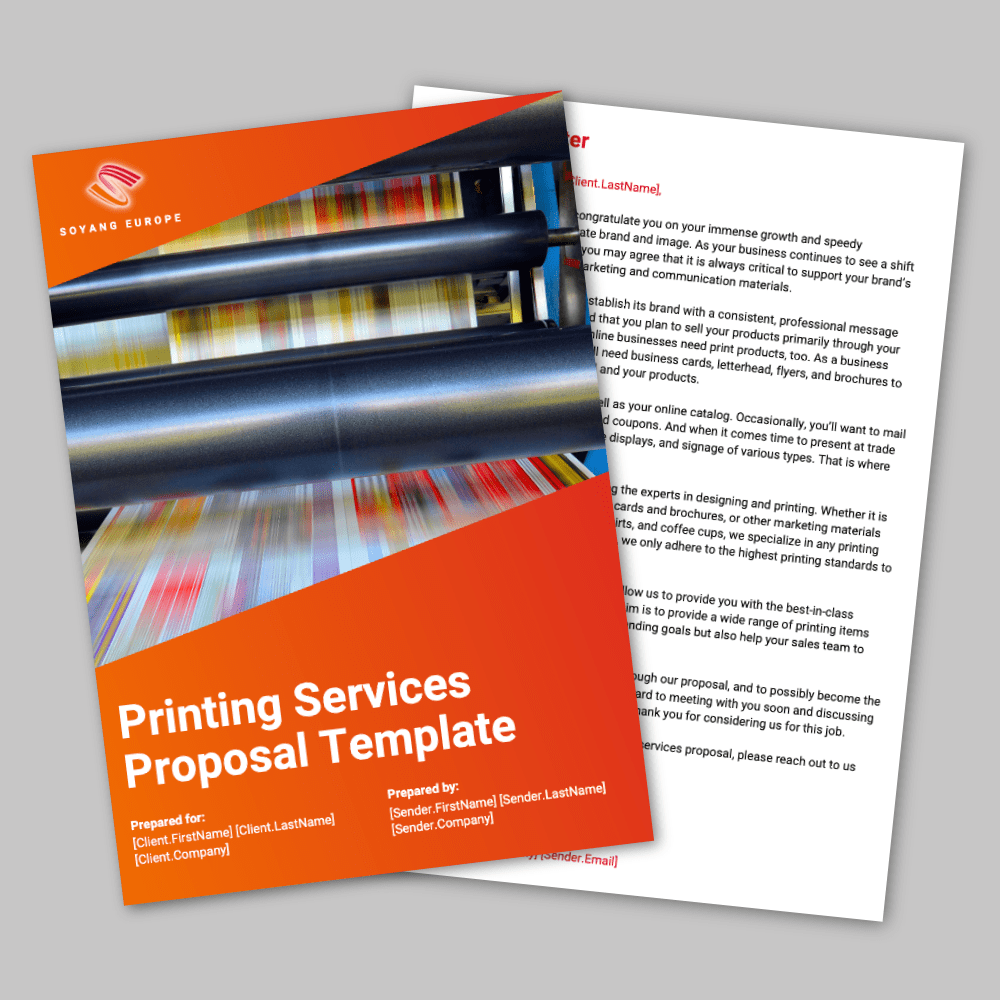What changes could you make to your print shop’s supply chain management to make it more efficient? Here’s the Soyang guide.
What Is The Print Supply Chain?
Your print supply chain is everything that comes into your business to enable your print shop to do its job. Inks, toners, papers, laminates, vinyls, mesh banners, roller banners: however your business brings in the products that comprise its raw materials – and whoever supplies them – that’s your supply chain.
Why Should You Optimise Your Print Supply Chain?
Let’s not get hung up on the jargon. ‘Optimising’ is simply a short way of saying ‘make your supply chain management as good as it can possibly be’. And what do we mean by ‘good’?
It can mean a multitude of things, but for most print businesses, ‘good’ means lower costs, better quality, happier customers (and suppliers) and sensible inventory levels. So how do you achieve that?
How to Optimise Your Print Supply Chain Management
1. Consolidate
Few print shops work with just a single supplier. That’s perfectly reasonable. You might, for example, source your day-to-day materials from one supplier because they offer you the best prices, and the more niche products from another supplier because you know they have the quality and the stock.
But some print shops have multiple suppliers, and that’s probably not the optimal way of doing things. The more vendors you work with, the more orders you have to make, monitor, receive and pay – all of which takes up admin time that could be used for other purposes.
Consolidating suppliers down to a core set of trusted partners means you build better, stronger relationships. You develop a shorthand which means ordering gets quicker. Problems are sorted faster. And you’re more likely to be able to negotiate better rates.
2. Automate!
We’ve written before about the value of print inventory management software, yet automation has the power to benefit your entire supply chain, not just your inventory management.
With advanced analytics, automated ordering and live tracking systems, you can gain real time visibility across every part of your supply chain, and that can help you identify bottlenecks, improve forecasting accuracy, and make informed decisions for process optimisation.
3. Adopt Just-in-Time (JiT) Print Supply Chain Management
JiT is about ensuring your supply chain is aligned to deliver exactly the inventory or products you need, exactly when you need them, with very little excess stock to clutter shelves and eat up cashflow.
Running lean requires you to work extremely effectively with your suppliers. Print materials need to arrive just in time for use. Couriers need to enable just in time despatch. And JiT can’t work if suppliers won’t support your ambitions. Yet when you work in partnership with them to explore ways of making your process leaner, it can benefit both parties.
Find out more about JiT and your inventory strategies
4. Optimise for quality
You know quality. So do your customers. Quality is the difference between a banner that lasts and one that doesn’t. It’s ink that doesn’t fade, imagery that stays sharp, or print materials that are easy to work with, saving your team time with each job.
In your print management system or elsewhere, log the print materials that you or your customers love. Do the same for any materials that generate complaints. Analyse the results, and you’ll likely find a lot of time and effort wasted on lesser materials which far outweighs any cost price benefit.
Then, talk to your suppliers about increasing your supply of the materials that win you rave reviews.
5. Optimise for customers
What are the elements of your service that customers love? What are the things they tell you they would like to be better? It’s possible your supply chain management might be influencing these.
If you’re constantly told your turnaround times aren’t quite as fast as the print shop across town, for example, one reason might be your supply chain. If there’s a reoccurring customer issue, analyse the root of the problem.
That root may be:
- A product/print material issue: It’s possible no one can get hold of a certain print material right now. Then again, it may be that your current supplier can’t, but others can.
- A supplier issue: Does supplier A tend to be unreliable, with deadlines missed and products missing in each delivery? You may find switching more business to supplier B protects your production processes, reputation and customer loyalty, even if they charge a slightly higher price.
- A process issue: Maybe the solution is simply to carry more inventory of the materials you often run low on.
6. Optimise for sustainability
Increasingly an issue for customers everywhere, optimising your supply chain for sustainability can create a powerful PR tool with customers while also potentially reducing costs and driving up business.
Using more recycled materials, energy-efficient printing equipment, and eco-friendly inks can all be ways of engineering carbon out of your supply chain. And given that most of your carbon footprint exists indirectly with your suppliers, working in partnership with them can dramatically upscale the impact of your sustainability initiatives.
7. Communicate
So much of what we explore above comes down to one thing: communication. From lean operations to sustainability, the simple truth is that optimising your supply chain management is easier and more successful when you do it with your suppliers rather than when you impose it on them.
Talk to Soyang
Let us help your print business optimise its supply chain. To explore how, talk to us.










